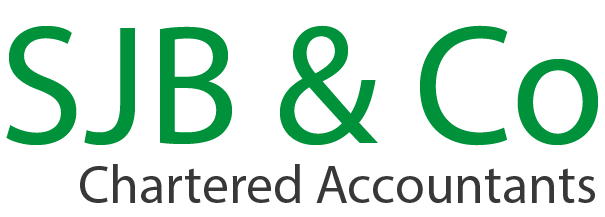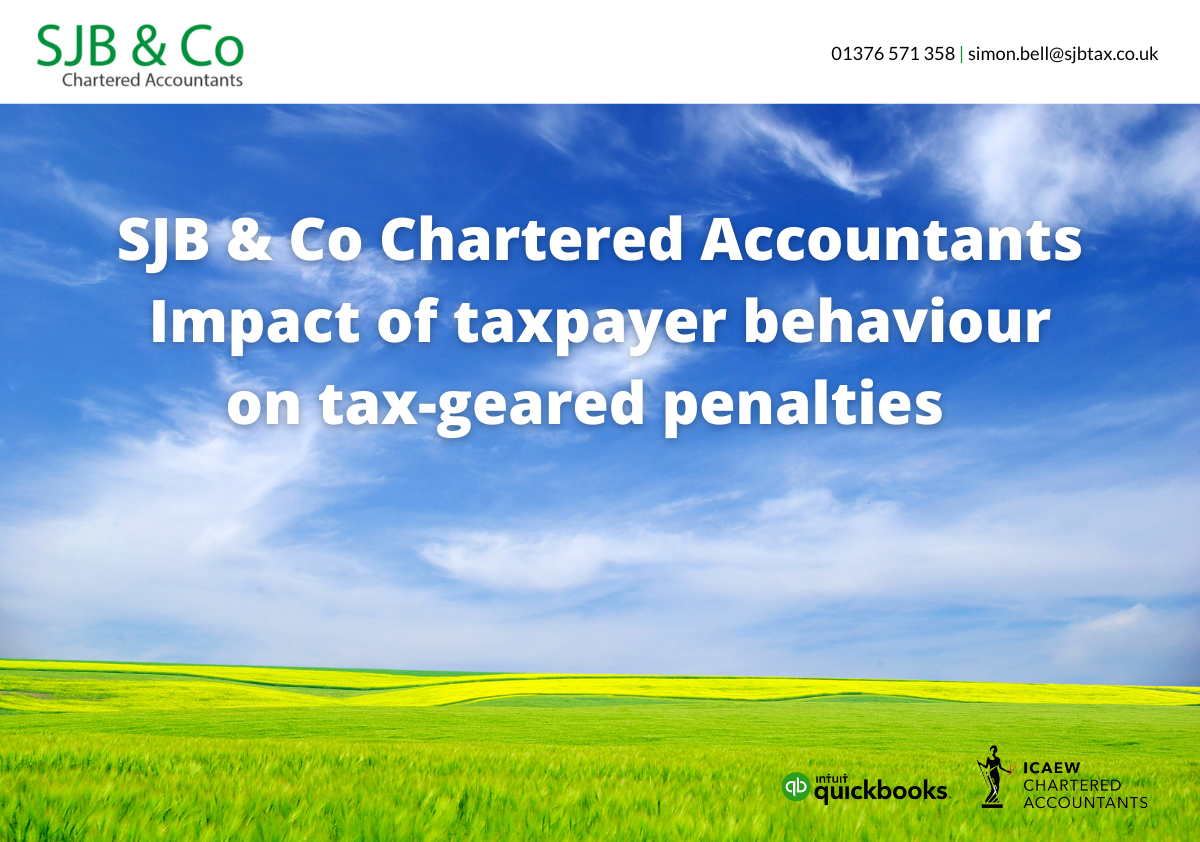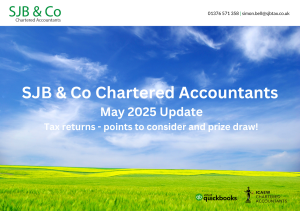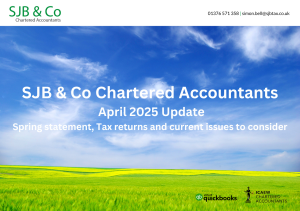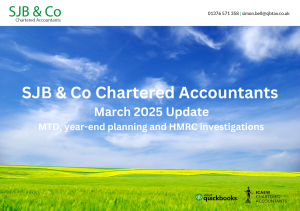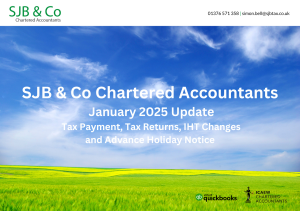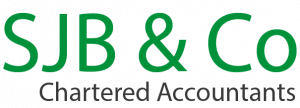HMRC have wide ranging powers to charge penalties for late and incorrect returns. Where errors are made on returns and other paperwork which understate the tax or misrepresent the tax liability, whether a penalty is charged and the amount of the penalty depends on the taxpayer’s behaviour.
Key dates
If a penalty has been charged and you do not think that it should have been, you can appeal against the penalty. This must be done within 30 days of the date of the penalty notice.
This note explains the how penalties for inaccuracies are determined.
Four types of inaccuracy
The penalty regime identifies four types of inaccuracy:
- an inaccuracy made despite the person taking reasonable care;
- an careless inaccuracy;
- a deliberate but not concealed inaccuracy; and
- a deliberate and concealed inaccuracy.
Whether a penalty is charged and the amount of such a penalty depends on the category in which the inaccuracy falls.
Reasonable care
A penalty is not charged where there is an inaccuracy in a document despite a person having taken reasonable care to get things right. Reasonable care is the behaviour which is that of a prudent and reasonable person in the position of the person in question
What constitutes ‘reasonable care’ depends on the person’s abilities and circumstances. For example, HMRC state that they do not expect the same level of knowledge and expertise from a self-employed unrepresented individual that they expect from a large multinational company, and they expect a higher degree of care in relation to large and complex matters than in relation to simple straightforward ones.
HMRC expect people to keep and preserve sufficient records to enable them to make a complete and correct return. A person whose affairs are simple and straightforward will only need a simple regime, but they must follow it carefully. A person with more complex affairs will need more sophisticated systems, which must be followed carefully.
HMRC consider it reasonable for a person who encounters an event or transaction with which they are not familiar to seek out the correct tax treatment or to take professional advice. If the person remains unsure as to the correct tax treatment, they should draw attention to the entry and the uncertainty when they send the return to HMRC. A person who does this will be deemed to have taken reasonable care.
Example of a situation in which a person would be deemed to have taken reasonable care include an arithmetical or transposition error that is not so large to produce an obviously odd result, acting on the advice of a competent adviser which later proves to be wrong despite full information having been provided or following advice from HMRC which is later found to be wrong.
Careless inaccuracies
A penalty is charged if the error arose because the taxpayer was ‘careless’. Careless behaviour is defined as a failure to take reasonable care.
In determining whether behaviour counts as ‘careless’, the question to be asked is whether a person did or failed to do what a prudent and reasonable person would have done or not done in the same circumstances. The issue here is not whether the person knew about the inaccuracy when they submitted the return – if they did the error would have been ‘deliberate’ and would fall in a higher penalty category.
Where the inaccuracy arose because the taxpayer was careless, the penalty charged is between 0% and 30% of the extra tax due.
Deliberate but not concealed errors
A deliberate but not concealed error arises when a person sends a document to HMRC which they know contains an inaccuracy but they do not make arrangements to conceal the error. In determining whether the error was deliberate, it is not necessary for HMRC to demonstrate that the person knew what the correct figure was, only that they knew that the figure that they supplied was not accurate.
Examples of behaviours that may be judged to give rise to a deliberate inaccuracy include systematically paying wages without accounting for PAYE or Class 1 National Insurance contributions or knowingly failing to record all sales, particularly if there is a pattern to the under-recording.
Where the error is deliberate, a penalty of between 20% and 70% of the extra tax due may be charged.
Deliberate and concealed
The most serious type of inaccuracy is one that is deliberate and concealed. It occurs when a document contains a deliberate error and steps have been taken to hide the inaccuracy either before or after the document has been sent to HMRC. The act of concealment may include creating false invoices to support inaccurate figures in the return, creating sales records that deliberately understate the goods sold or destroying books and records so that they are not available.
A penalty of between 30% and 100% of the extra tax due can be charged for loss of tax arising from deliberate and concealed errors.
Mitigation
It may be possible to reduce any penalty charged by telling HMRC about the error, helping HMRC to work out the extra tax that is due and giving HMRC access to documents to check the figures.
Please feel free to forward this newsletter to any colleagues or friends who may be interested in it.
For more information or to discuss any issues raised above please contact Simon Bell by phone on 01376 571358 or email [email protected]
